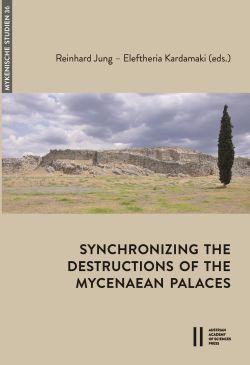

Synchronizing the Destructions of the Mycenaean Palaces, pp. 255-322, 2022/12/15

The different destructions of the Mycenaean palaces on the Greek mainland and on Crete unfold their historical relevance on two different levels. Firstly, and in a very concrete way, they signify the sharpening crisis and subsequently the final and definite demise of the Asiatic Mode of Production (or else the Palace State) in southeastern Europe Second, these palace destructions happened during a period, in which various circum-Mediterranean societies were undergoing profound social and economic changes Similarly to Greece, those changes were marked by violent destructions of political and economic centers in a number of different regions. Since the developments of the societies living along the central and the eastern coasts of the Mediterranean Sea were interconnected in stronger or weaker relationships of uneven and combined character, especially so during the 14th and 13th centuries BCE, the question arises whether it is possible to uncover causal connections between events separated by many hundreds of kilometers In order to fully perceive and explain the historical importance of the Mycenaean palace destructions, it is therefore necessary to widen the geographical perspective As the precondition of any interregional historical analysis is the precise localization of specific events in time, this paper explores the timeline of major eastern Mediterranean destruction events with reference to the palace destructions in Greece as well as in terms of absolute chronology (mainly in relation to Egyptian and Near Eastern rulers’ reigns). A comparison of stratified pottery assemblages forms the basis for this endeavor.
Keywords: Cyprus, Late Cypriot IIC, Late Bronze Age II, Mycenaean pottery, Syria